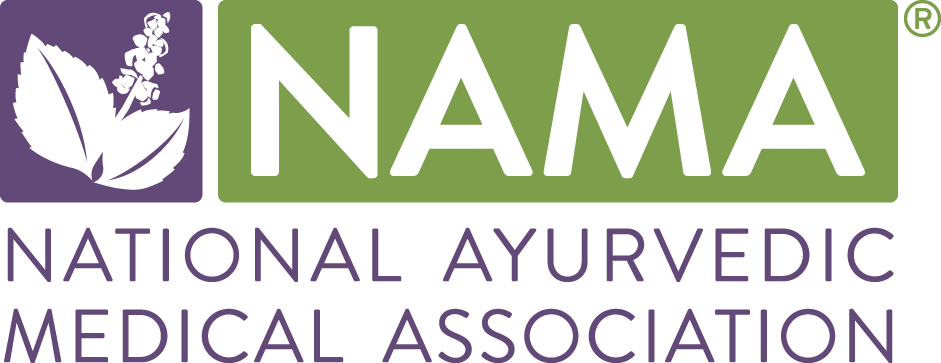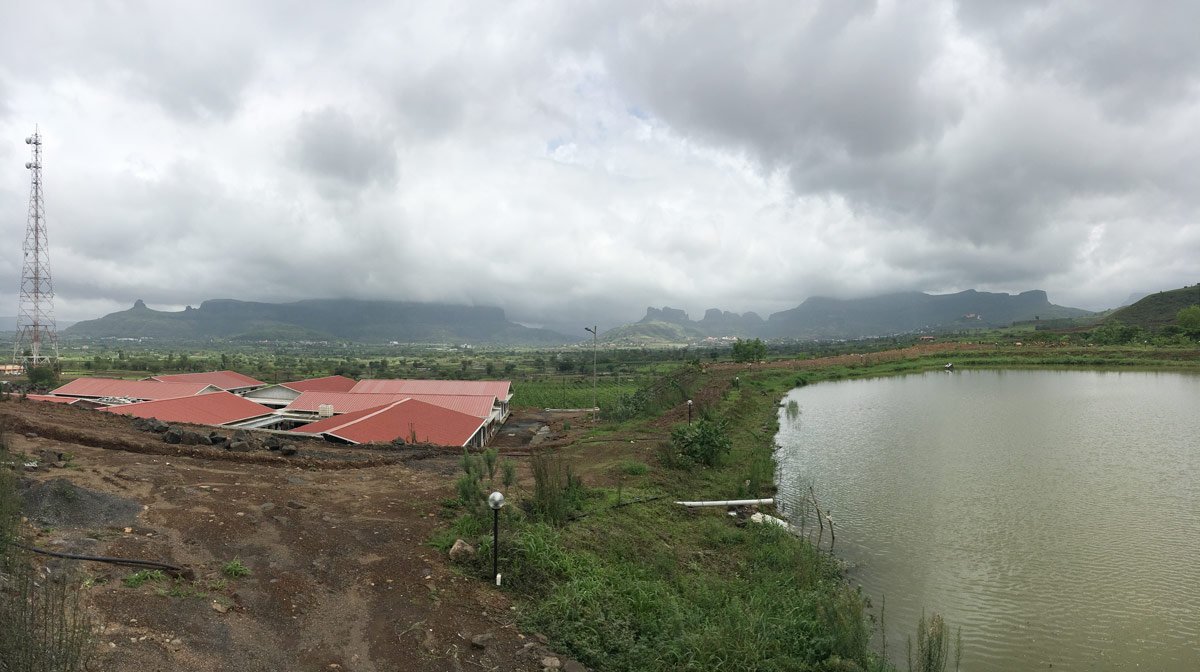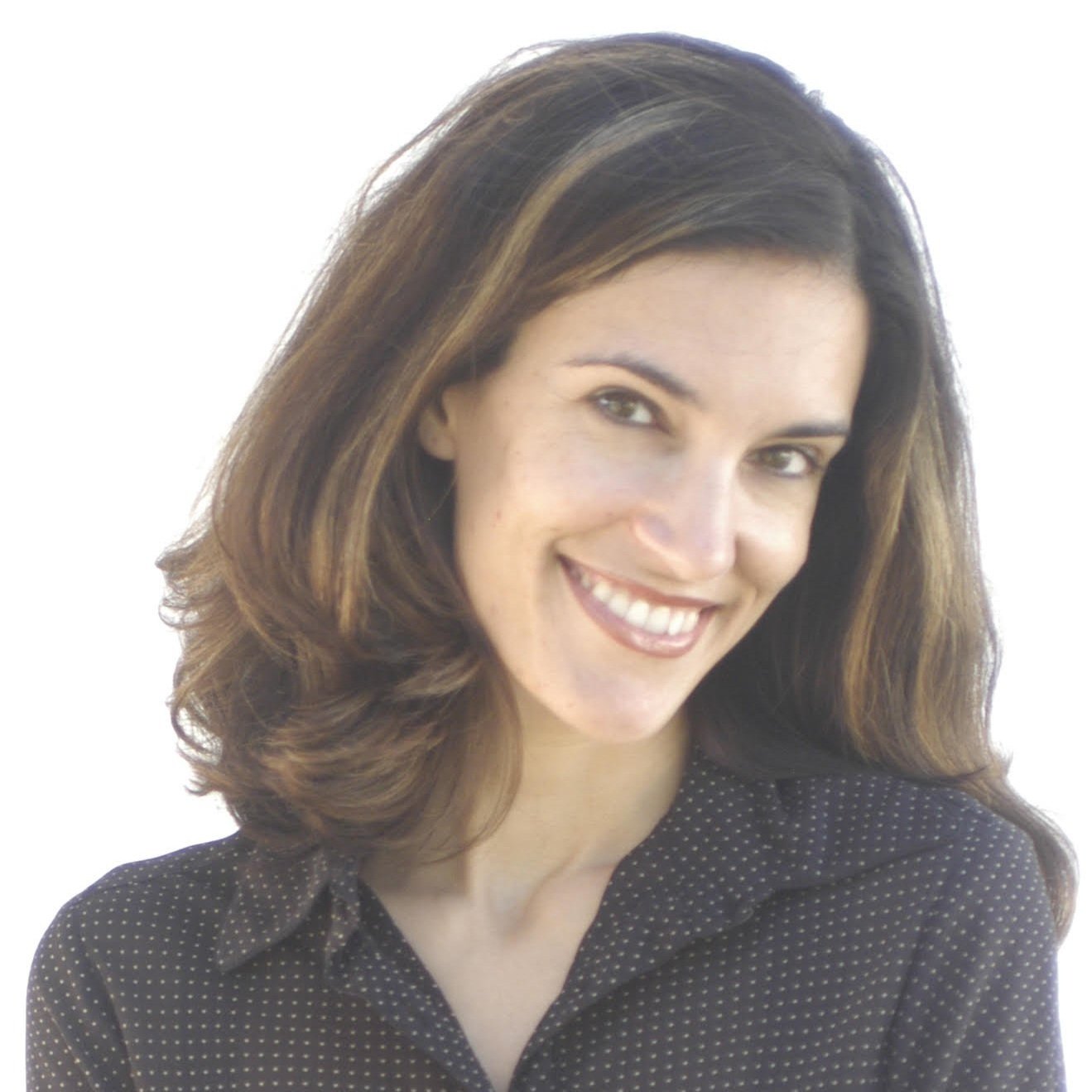Internist, researcher, noted author, and NAMA member Dr. Charles Elder has expertise in both conventional and complementary medicine. He recently spoke with Baba Lou Haber, a member of the NAMA Communications Committee, to offer insights on how NAMA members can work collaboratively with allopathic practitioners. Read their conversation below.
Baba Lou Haber: Let’s start with how you became interested in Ayurveda.
Dr. Charles Elder: My journey actually began when I was admitted to medical school right out of high school. I was accepted to Boston University’s combined BA/MD program. I was only 17 and new to Boston, having been raised in northeast Ohio. To relieve the stress of it all I started a meditation practice at the greater Boston Transcendental Meditation Center and began practicing yoga as well. So I went through medical training meditating the whole time, which shaped my thinking. For example, if there was a patient suffering from anxiety for whom we were prescribing Valium, it struck me as bizarre that we were not suggesting meditation to help him.
I did my residency in Internal Medicine at the University of Michigan, where I met my wife, Leslie, who was also a resident. She also had a meditation practice and already had some interest in Ayurveda. Together we went on a weekend meditation retreat where one of the speakers was Dr. Hari Sharma, who is an outstanding scientist. He gave a talk describing the antioxidant and antineoplastic properties of some of the traditional Ayurvedic formulas that he was studying in his lab. I found the whole thing mindboggling.
Baba Lou Haber: What a gift to have discovered Ayurveda at the beginning of your medical career! How were you able to integrate it into your practice?
Dr. Charles Elder: When we finished our residencies 30 years ago, Leslie and I moved to Portland, Oregon. I started working as a primary care doctor at Kaiser Permanente, where I still am. For the first 10 years or so I was just working hard being an internist, and it was a busy time. My wife and I had to balance career and family, as well as pay off student loans. But we also made time to take short courses in Ayurveda for physicians offered by Maharishi University, and we incorporated what we learned into our own lives.
About six or eight years into my job, I started getting frustrated because I had patients coming in with problems such as chronic pain, functional bowel disorder, anxiety, depression – problems where allopathic medicine can be weak. I knew I had all these tools in these areas, but could not use them, which was problematic. Eventually I wrote a proposal and got permission from Kaiser Permanente to do some innovative Ayurvedic consultations with patients who had these conditions. I detailed what I was going to offer and the metrics that would measure outcomes. The reviews after working with about a dozen patients were so positive that the pilot initiative ended up getting expanded to a Kaiser Permanente referral-based clinic, where I have since been doing integrative Ayurvedic consultations.
Baba Lou Haber: How have you continued to spread the word about Ayurveda beyond your clinic in Portland?
Dr. Charles Elder: In 2000 I did a part-time sabbatical at the Kaiser Permanente Center for Health Research, where there was a group of researchers interested in integrative medicine. That opened the door for me to begin research at the Center focused on how complementary medicine can improve mainstream medical care.
And in 2017 I took a second sabbatical during which Leslie and I wrote a book entitled Picture of Health to help people incorporate Ayurveda into their lifestyles. We use it as a manual for people who come to our clinic, and it also is designed to be a guide that people in conventional medicine can digest and assimilate.
Baba Lou Haber: Your story speaks to the importance of collaboration between Ayurvedic and allopathic practitioners.
Dr. Charles Elder: The potential for collaboration is enormous, and we need to make the most of it through relationship building around areas of mutual interest. There is so much common ground and so many things we can talk about in Ayurveda.
Take, for example, functional bowel disorders. Allopathic doctors in general are not great with what we call irritable bowel syndrome because it is abdominal pain and digestive complaints that we cannot explain. In so many words, that is the description and diagnosis. But the area of digestive disorders is one in which Ayurveda is very rich, and people can make a lot of progress seeing a NAMACB board certified practitioner. There are gastroenterologists out there who would love to have a competent, trustworthy person that could help these patients with diet and lifestyle.
Chronic pain is another example where Ayurveda can help patients make a lot of progress. Many times, not always, but many times, mind-body techniques, diet, daily routine, exercise, and yoga can a make huge difference in alleviating chronic pain.
There are many other areas – for example, high blood pressure, high cholesterol, depression, and menopausal disorders – where allopathic doctors need help and there is space for dialogue. So identifying and building relationships in those areas through dialogue can be extremely powerful.
Baba Lou Haber: From my personal experience, not every doctor in conventional medicine is open to a conversation about Ayurveda. Are you being overly optimistic?
Dr. Charles Elder: Keep in mind that, in large part, training for allopathic doctors is focused on procedures and drugs, and their knowledge in other areas may be limited. Some doctors are more evolved and open to a conversation than others.
Remember also that different doctors will have sensitivities about different things. So you don’t want to jump right in talking about bastis and vamana, which are for a later discussion. And when you start prescribing herbs, be a little sensitive to where some doctors are coming from, because some have misconceptions. I would not necessarily talk about herbal supplements on a “first date.” As for me, I feel that if someone is getting herbs from a trained and certified practitioner, I don’t worry about it. On the other hand, if a patient just grabbed them off the shelf, I may be more concerned.
Baba Lou Haber: And what would you say to an Ayurvedic practitioner or student who looks with skepticism at for-profit companies within the healthcare industry?
Dr. Charles Elder: Let’s focus on people. I honestly believe that 99.9999 percent of healthcare practitioners want the patient to get better. With the well-being of the patient at the center of the discussion, everyone can get on the same page.
Baba Lou Haber: Tactically speaking, what is the best way for an Ayurvedic doctor to build bridges with allopathic doctors?
Dr. Charles Elder: That is a great question. How do you reach out to people? Get out there and network – that would be my approach. I think giving public talks is a good idea. Also, advertising in medical publications in a very targeted way. And if you can get into integrative medicine circles, good. Find institutions in your area that can serve as meeting grounds for people on both sides. Here in Portland, for example, there is a big integrative medicine community in which people can reach out if they are looking to collaborate. And there are a number of medical schools that have fellowship and research programs that may provide networking opportunities.
Of course, it is important to develop relationships with the right people. A lot of that can be personal chemistry. The good news is that, from what I see, the allopathic community is much more open these days than it used to be. The wisdom and science behind Ayurveda is so powerful – doctors are seeing that and taking notice.

































